
How good are Claude Opus 4 and Claude Sonnet 4?
They’re good models, sir.
If you don’t care about price or speed, Opus is probably the best model available today.
If you do care somewhat, Sonnet 4 is probably best in its class for many purposes, and deserves the 4 label because of its agentic aspects but isn’t a big leap over 3.7 for other purposes. I have been using 90%+ Opus so I can’t speak to this directly. There are some signs of some amount of ‘small model smell’ where Sonnet 4 has focused on common cases at the expense of rarer ones. That's what Opus is for.
That's all as of when I hit post. Things do escalate quickly these days, although I would not include Grok in this loop until proven otherwise, it's a three horse race and if you told me [...]
---
Outline:
(01:17) On Your Marks
(05:32) Standard Silly Benchmarks
(11:09) API Upgrades
(12:45) Coding Time Horizon
(13:47) The Key Missing Feature is Memory
(14:52) Early Reactions
(26:12) Opus 4 Has the Opus Nature
(32:27) Unprompted Attention
(35:09) Max Subscription
(36:24) In Summary
---
First published:
May 26th, 2025
Source:
https://www.lesswrong.com/posts/cQizFzEvZ8esKJGST/claude-4-you-the-quest-for-mundane-utility
---
Narrated by TYPE III AUDIO.
---
Images from the article:

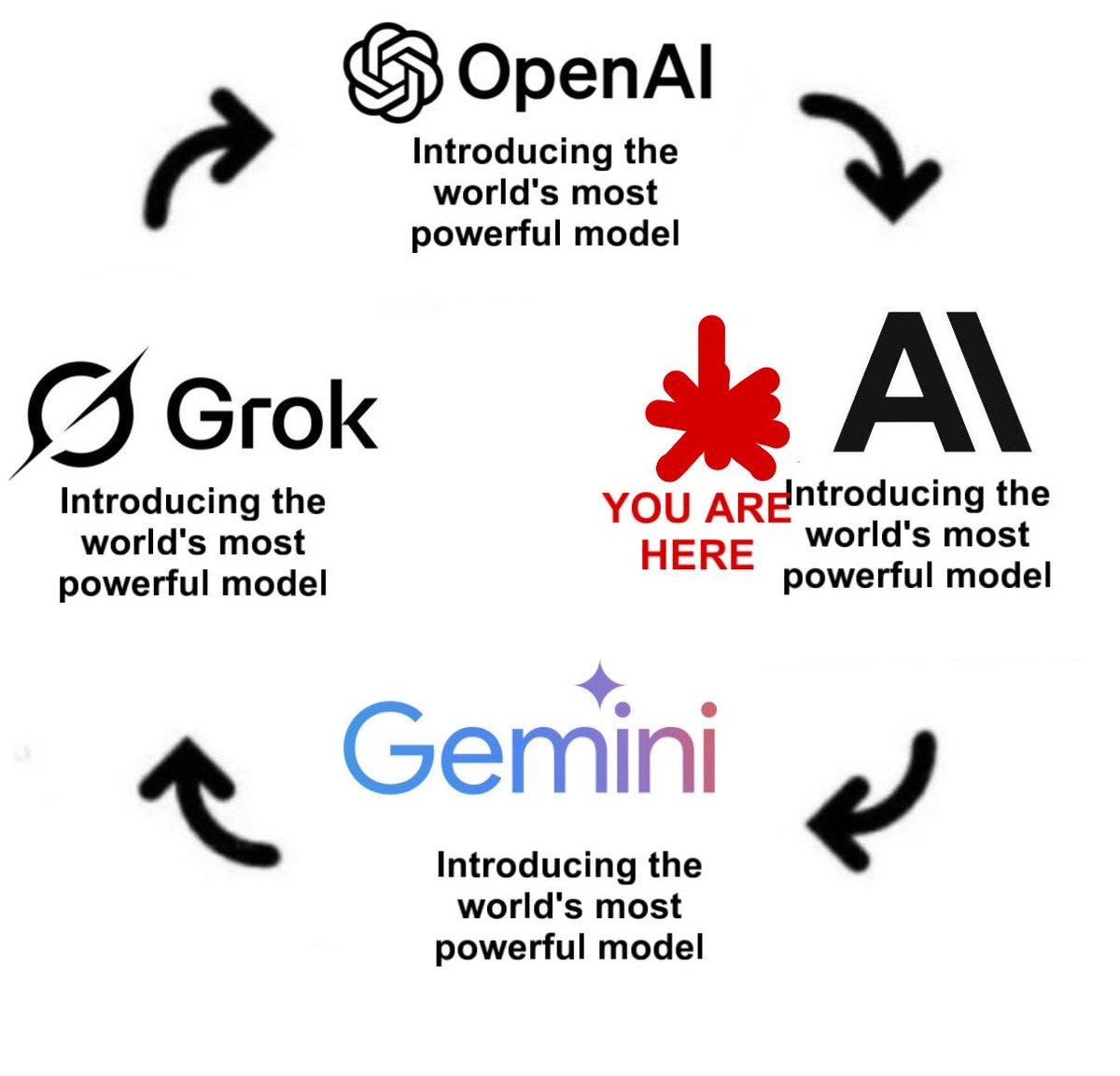
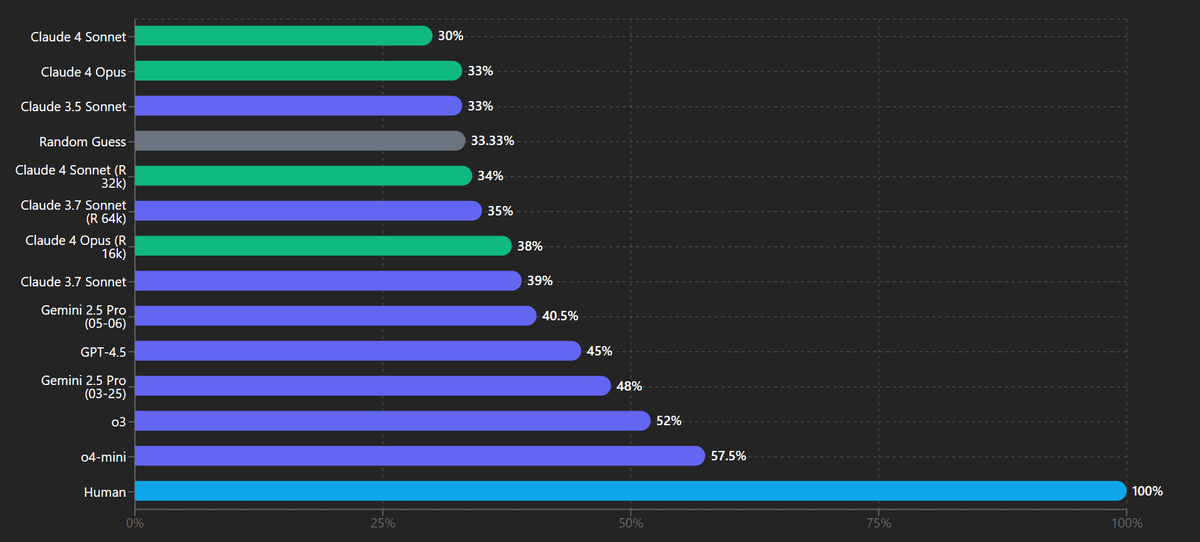
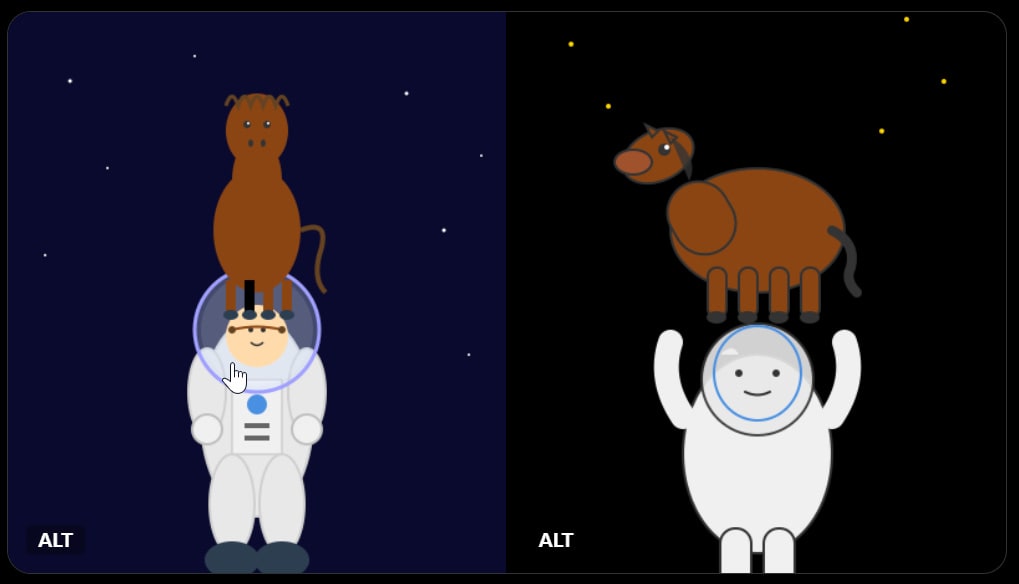
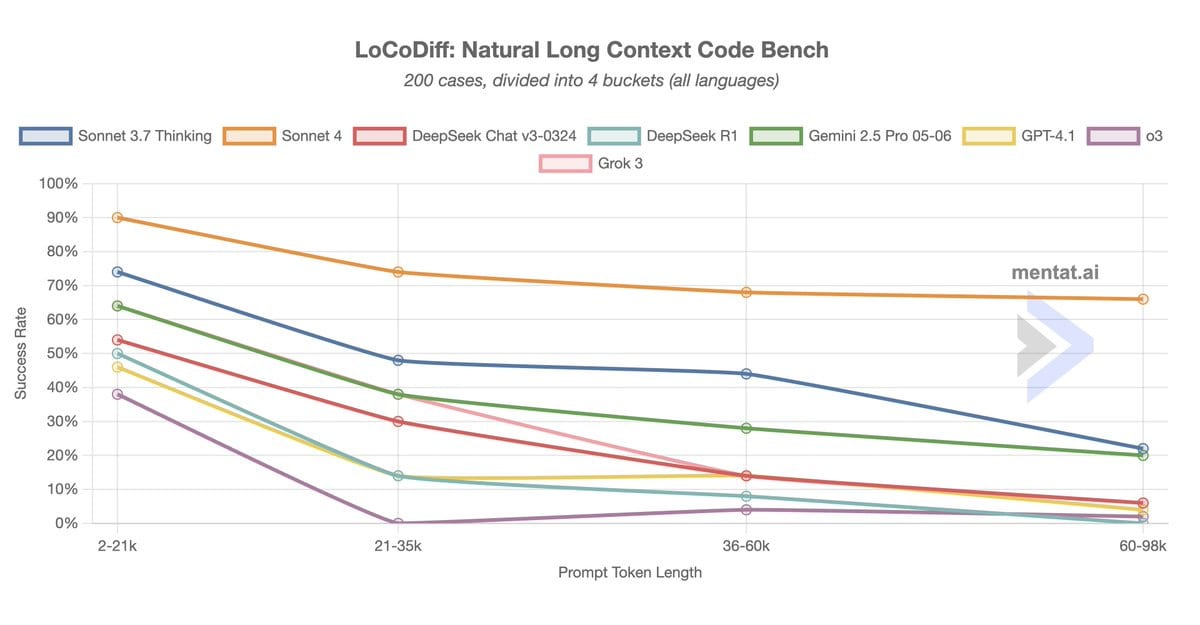
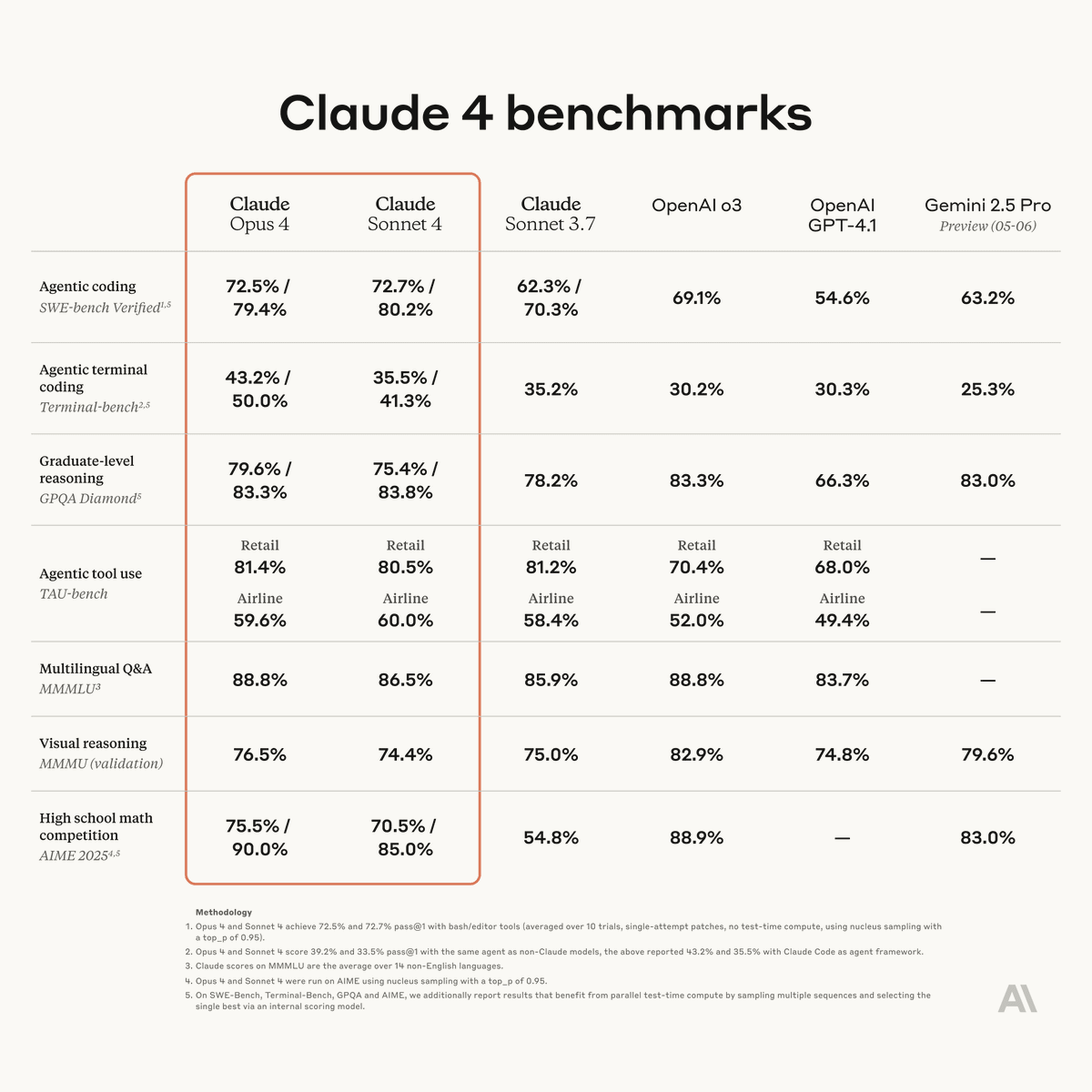
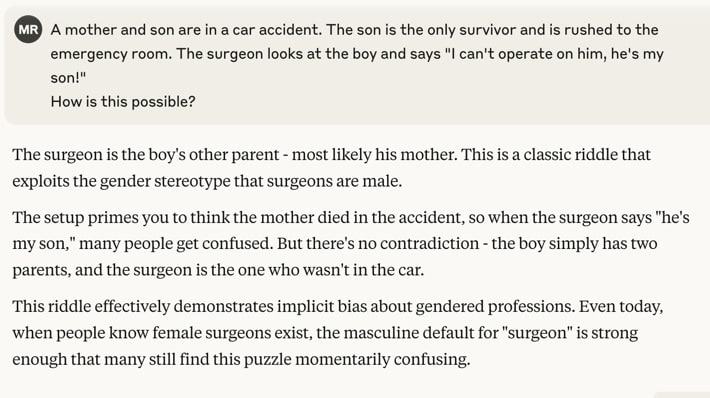
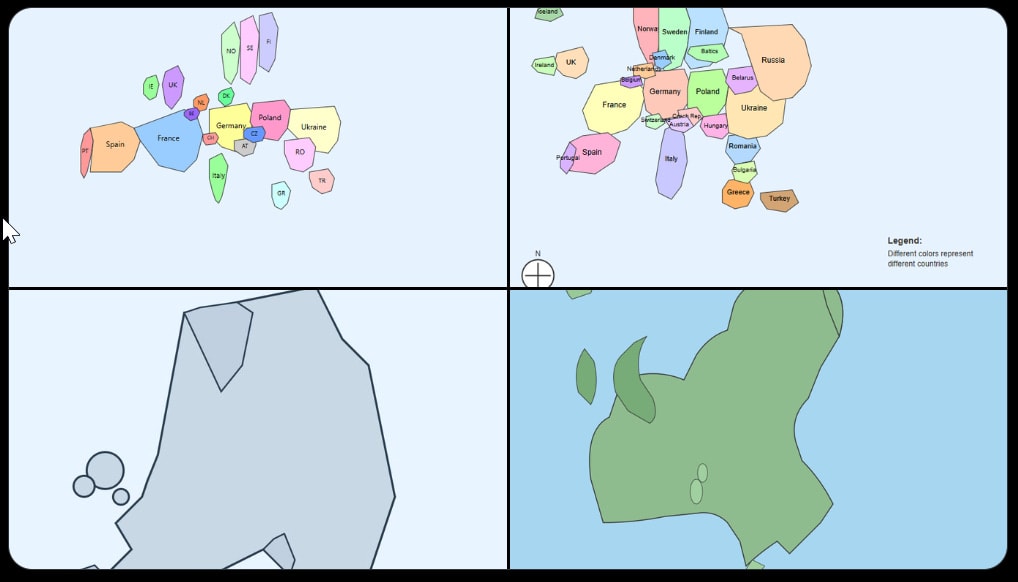
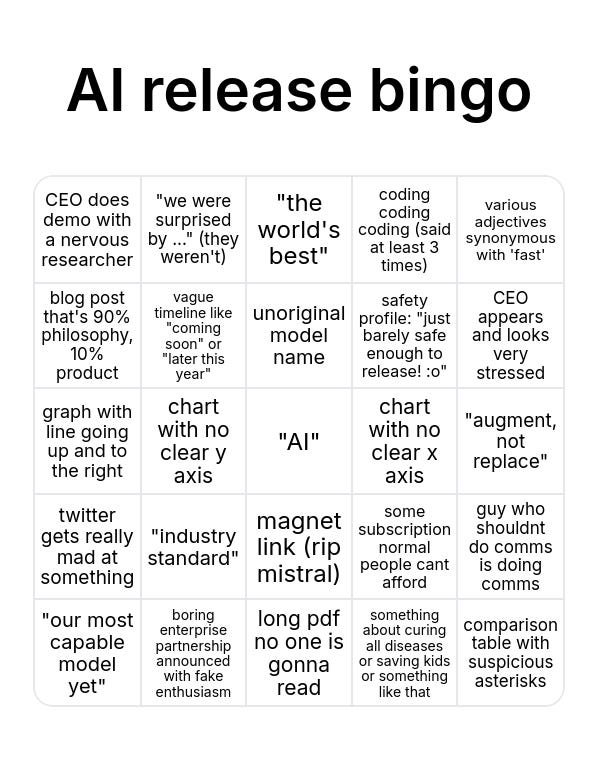
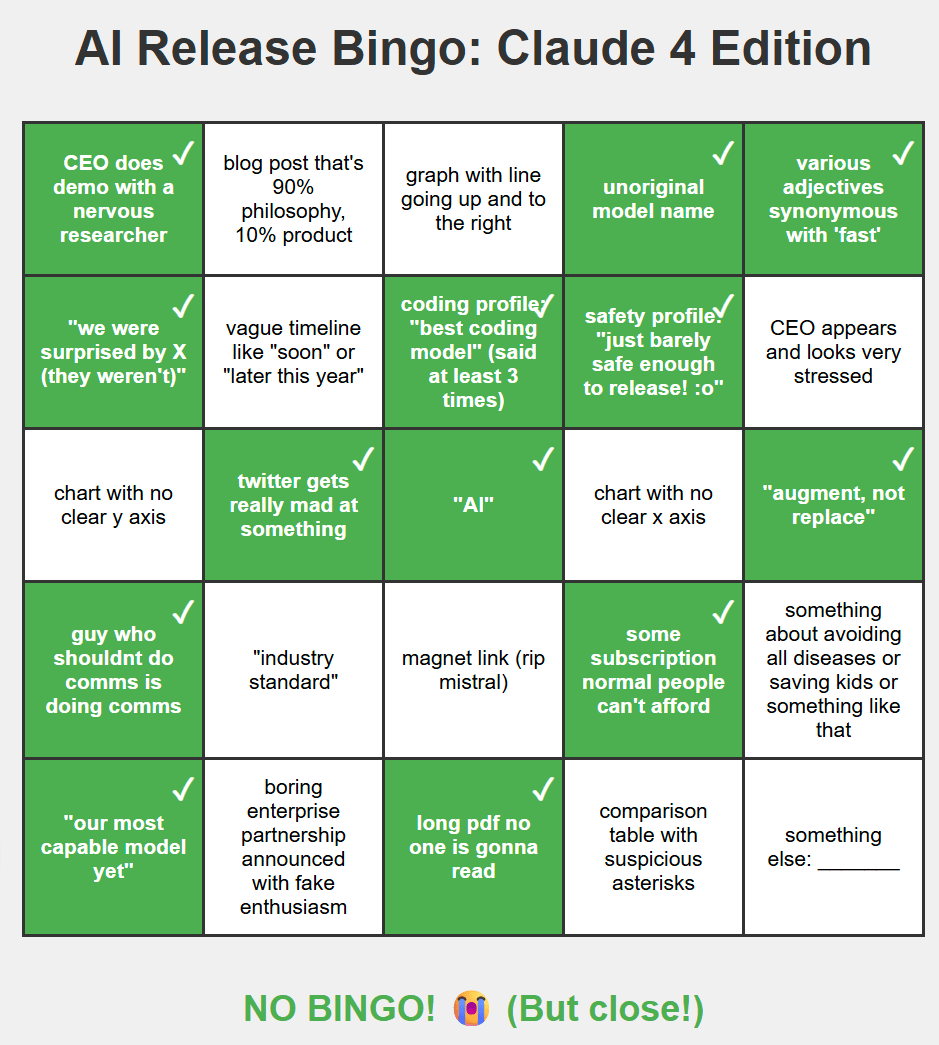
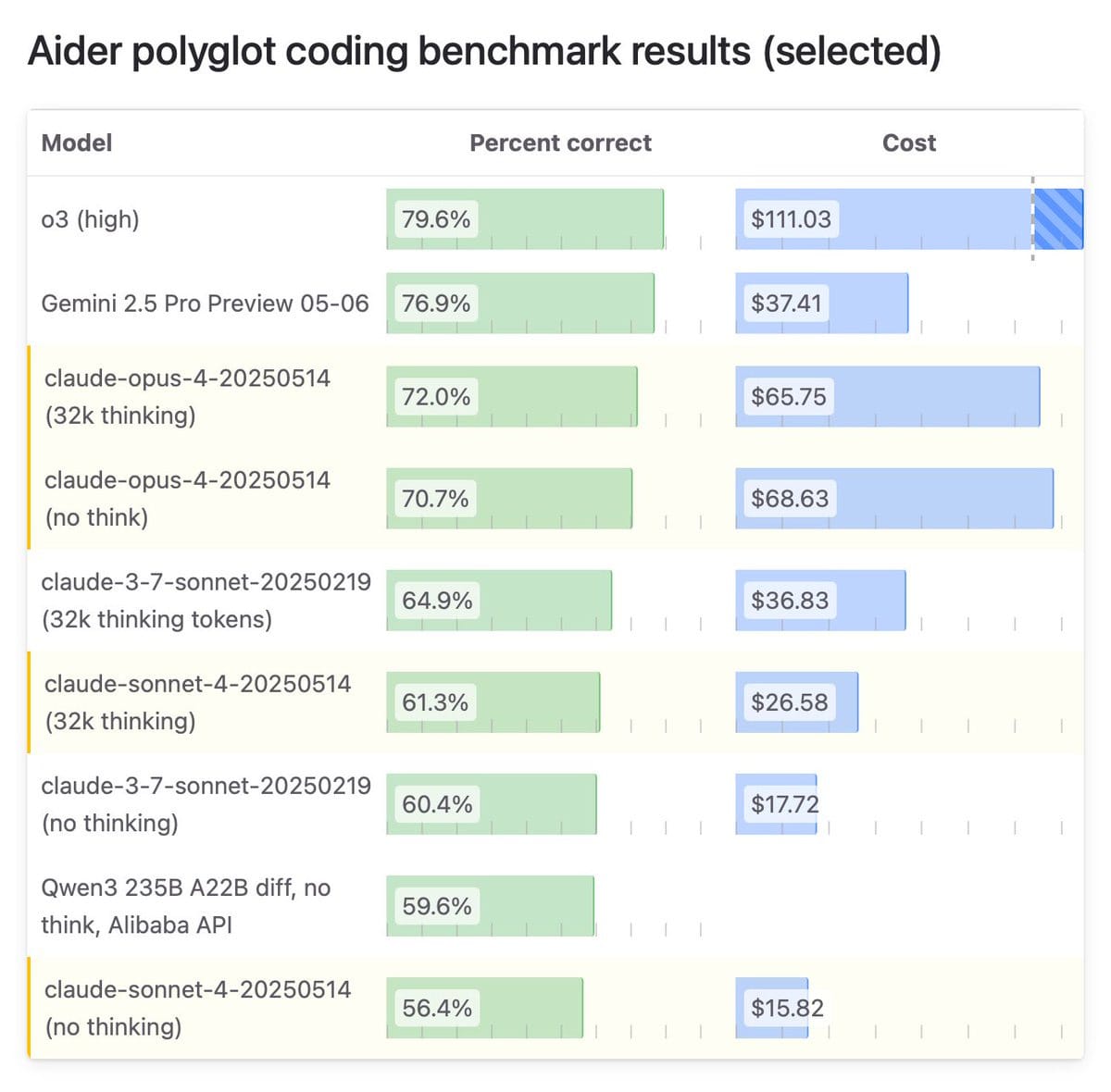


Apple Podcasts and Spotify do not show images in the episode description. Try Pocket Casts, or another podcast app.
Senaste avsnitt
En liten tjänst av I'm With Friends. Finns även på engelska.